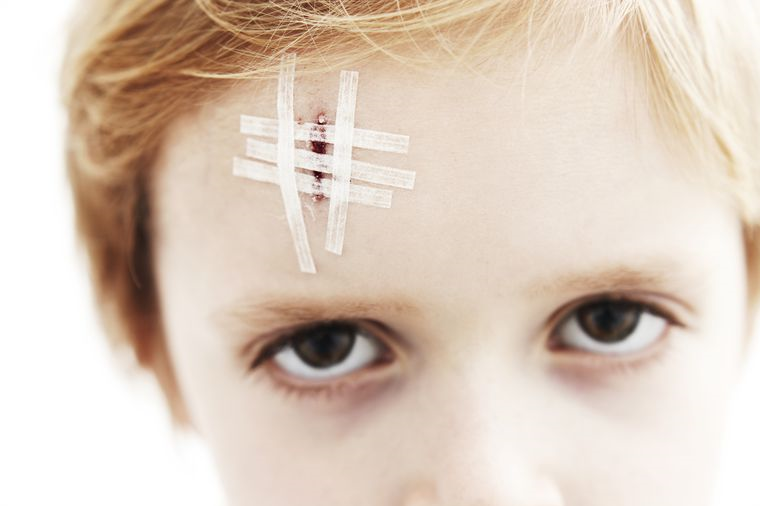Menu

Intro to Treating Minor Facial Trauma
From dog bites to a scalp laceration and more, emergency situations are full of their fair share of trauma to the head, neck, and face. In such cases, there are certain ways to deal with these cosmetically sensitive injuries so that healing is most effective.
Essential Principles to Care for Facial Lacerations
Regarding Scalp Laceration
Treatment Goals: Get bleeding under control and assess the scalp laceration for injury to the galea, any foreign materials, as well as possible skull fractures. Once you are able to obtain hemostasis, the wound ought to be checked visually and with instruments. In the event that an injury is discovered in the galea or the fibrous tissue covering the skull has been damaged, it is necessary to repair the tissue.
Important Aspects: Infection is not of high concern in a scalp laceration, except in circumstances where the galea has sustained injury, making it of critical importance to correctly identify galeal injury. Significant cosmetic deformities can occur if this type of scalp layer injury is incorrectly addressed, as the frontalis muscle anchors to the galea. To prevent possible missed identification of galeal injury, palpation and visual assessment are necessary to differentiate between a skull fracture and damaged galea.
Treatment Tips:
- Scalp lacerations have a tendency to bleed profusely, making hemostasis essential in laceration repair and assessment of the wound for injury to the galeal or skull. One approach can be to apply direct pressure with a moist sponge and an elastic bandage for a timeframe of 30-60 minutes; you may also consider a direct injection of lidocaine with epinephrine. Should both techniques fail to produce the desired results, you may place a large figure-of-eight suture.
- When making repairs to the galea, use 3-0 or 4-0 absorbable sutures. A commonly employed method for suturing the galea is to use one layer of simple interrupted or vertical mattress sutures.
- Once underlying tissue laceration repair has been made, a SKIN STAPLER may be used on the overlying tissue of the scalp, though you may choose to use the hair apposition technique. This approach twists hair from opposite sides of the laceration together using a hemostat, after which skin glue may be used to stop unraveling from occurring.
- Choosing a selection results in a full page refresh.



